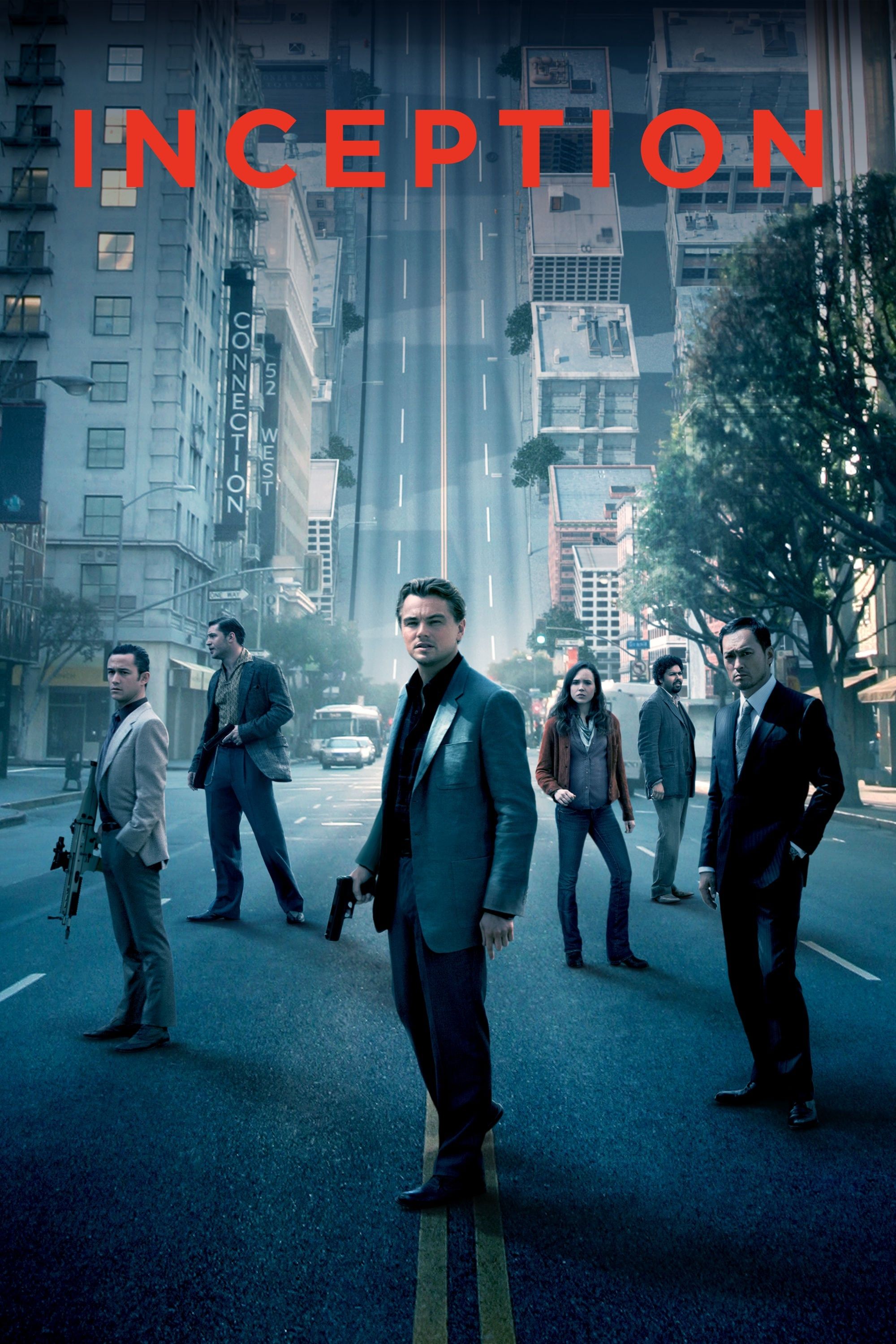[ad_1]
Summary
- Dr. Rahul Jandial praises
Inception
‘s accurate depiction of dreaming, highlighting the movie’s attention to detail and realistic portrayal of dreams. - Despite its strong points,
Inception
falls short in its portrayal of pain in dreams, which is not as intense as depicted in the film. - Christopher Nolan’s dedication to blending dramatic concepts with real science is evident in his films, such as Inception and Interstellar, where scientific accuracy is crucial.
Christopher Nolan is renowned for blending his extravagant science fiction blockbusters with as much realism as possible, and neuro-scientist and dream expert, Dr Rahul Jandial, claims that Inception‘s depiction of dreams is near-perfect. Nolan’s 2010 hit blockbuster, starring Leonardo DiCaprio, Elliot Page, Joseph Gordon-Levittt, and Tom Hardy, is still regarded as one of his films, and that’s partly due to its unique use of dreams as a narrative device.
Speaking to Penguin Books UK, Dr Rahul Jandial broke down several iconic dream sequences from movies and tv shows, analyzing how realistic they were, including Nolan’s Inception. Dr. Jandial was shown the scene depicting Ariadne’s (Elliot Page) first time entering the Dreaming with Cobb.

Inception
- Release Date
- July 15, 2010
- Runtime
- 148
- Studio
- Warner Bros. Pictures
- Tagline
- This summer, your mind is the scene of the crime.
During the video, Dr. Jandial broke down several elements from the scene, exclaiming that Inception gets a lot of things right:
“That’s fantastic. Sometimes it’s almost creating itself. That’s very important, we don’t have to activate dreams and dreaming, it’s stimulus independent meaning we don’t have to kick it into gear. Dreams arrive, arise without our intention, so that’s spot on.”
“We create and perceive our world, we are the creators of our dreams. Now, that might seem like a self-obvious or self-evident point but for thousands of years, because we thought the brain was inactive while we slept, it had to be somewhere from outside of our skulls that dreams arrived. Dreams now we know for sure arrive from the human brain so that’s excellent.”
“That’s absolutely right. When we dream, we create our dreamscape. The motor area of our brain, the visual area of our brain, they are active, it’s not just imagination. It’s actually down to neuronal activity, so waking thoughts and dreaming thoughts both fire up the brain. So I love what they’re saying here.”
However, Inception‘s depictions of dreaming aren’t perfect, says Dr. Jandial:
“‘A face full of glass hurts like hell.’ Surveys from thousands of dreams actually show we don’t feel much pain in our dreams, because concepts of pain and body image are very different. I like where they’re going with this, but pain is not perceived to the same degree as in our waking brain.”
“Not bad. A lot of complex concepts about dreaming, and getting most of them right. I would give it a generous 9 [out of 10].”
Christopher Nolan’s Movies Blend Dramatic Concepts with Real Science
Even in Christopher Nolan’s most extravagant, mind-bending sci-fi films, like Interstellar and Tenet, Christopher Nolan made a point of refining the scientific principles behind his concepts to enhance their believability. For Interstellar, Nolan worked with Kip Thorne, a theoretical physicist from Caltech, who served as an executive producer and scientific consultant, to ensure the film’s depiction of the black hole Gargantua was as accurate as possible.

Christopher Nolan Was ‘On the Fence’ About The Dark Knight, Brother Told Him: ‘Don’t Be a Chicken S—!’
Christopher Nolan’s brother, Jonathan, reveals that he had to convince the Oscar-winning filmmaker to make a Batman Begins sequel.
During a lecture at Cardiff University in 2019, Thorne broke down the film’s depiction of Gargantua. Thorne explained the scientific basis behind Interstellar‘s depiction of Gargantua looking different from other past images of black holes. Thorne said “Why is it so different? Well, the answer is that the black hole in the movie Interstellar is surrounded by a thin disc of very hot gas… that’s so bright it outshines any of the stars, so you can’t see the stars.”
The visualization of Gargantua was so detailed that, according to Wired, ‘some individual frames took up to 100 hours to render. In the end, the movie brushed up against 800 terabytes of data.’
Christopher Nolan’s newest movie, Oppenheimer, tells the story of the father of the Atomic Bomb, Robert j. Oppenheimer (played by Cillian Murphy. Nolan’s reputation for realism and practical effects actually led a portion of his fan base to believe the director would detonate a real atomic bomb to get the perfect shot.
[ad_2]
.









